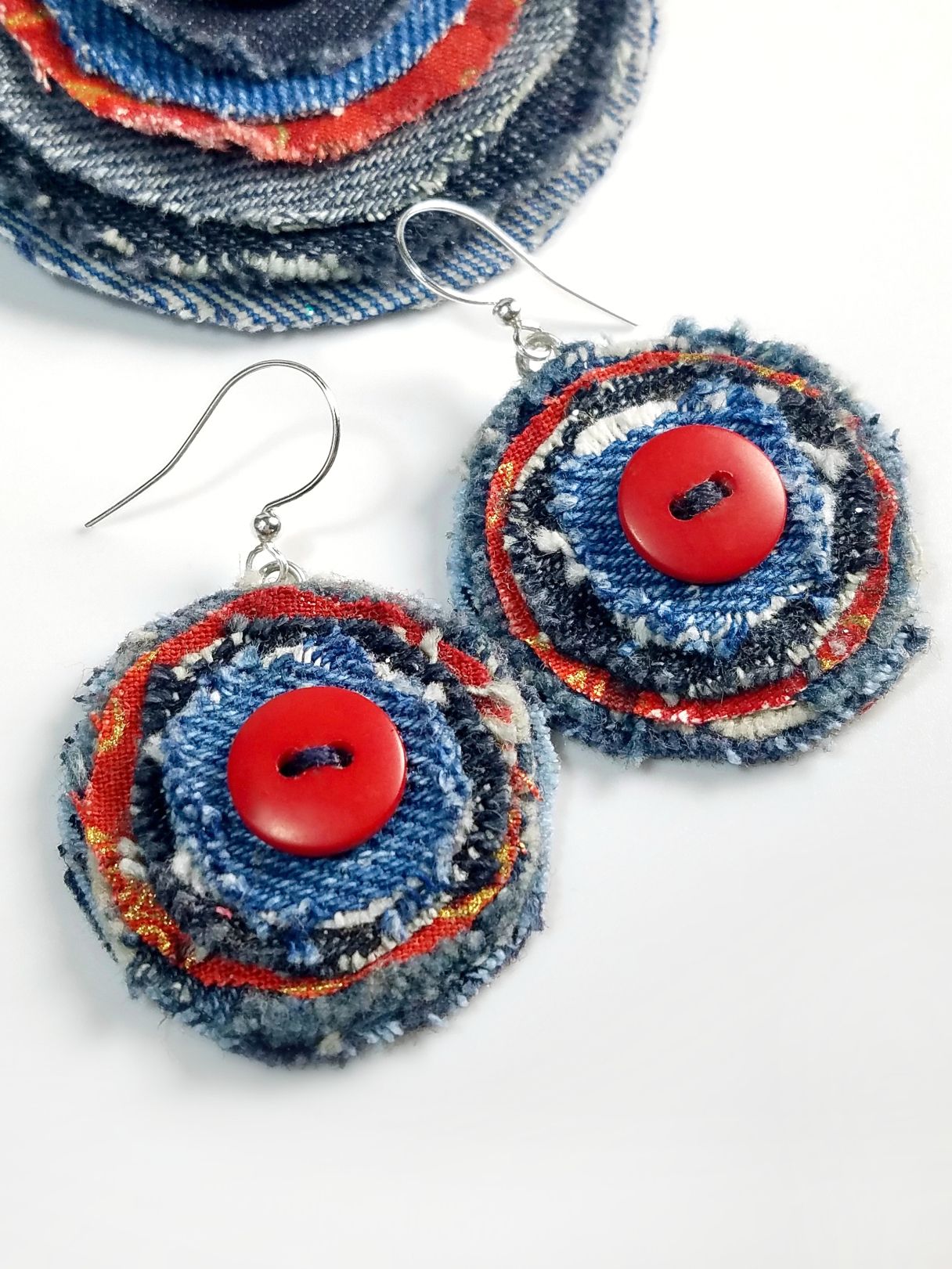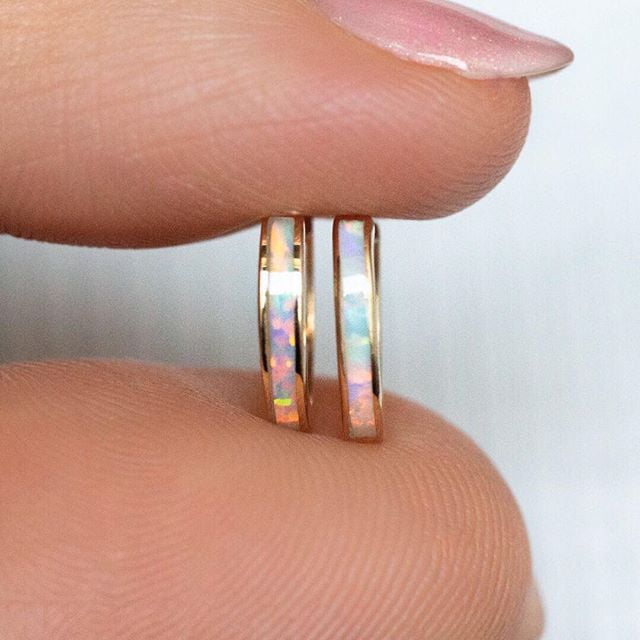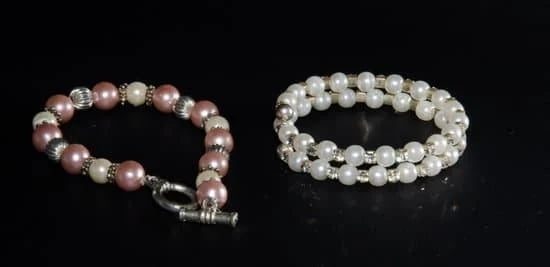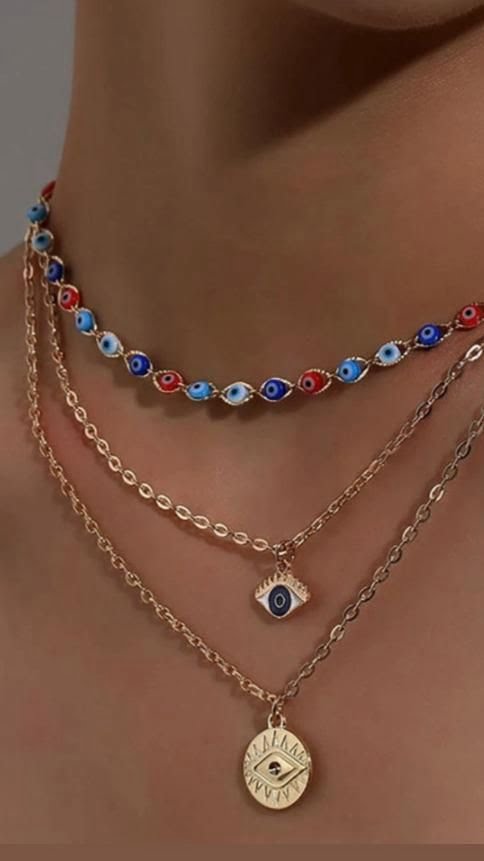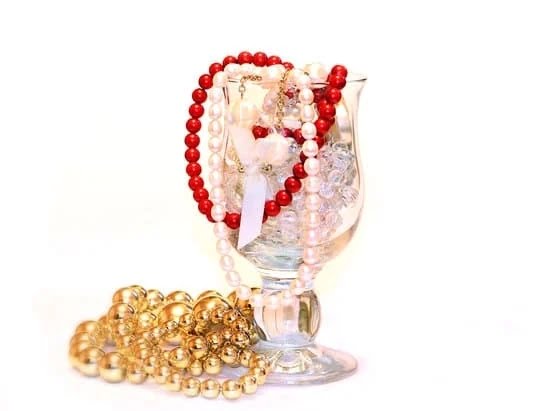Ivory bead jewelry has a rich history that stretches back centuries, originating from various cultures around the world. These intricate beads have been prized for their beauty and cultural significance, symbolizing purity, strength, protection, and healing in different traditions. From ancient civilizations to modern artisans, ivory bead jewelry has evolved over time, reflecting changing styles and techniques.
Crafted from different types of ivory such as elephant ivory, mammoth ivory, and eco-friendly alternatives like tagua nut beads, each piece of ivory bead jewelry tells a unique story. The techniques used to create these beads vary from culture to culture, with artisans employing intricate designs and patterns to showcase their skill and creativity. Whether it’s traditional African beaded necklaces or contemporary bohemian bracelets, ivory bead jewelry continues to captivate collectors and fashion enthusiasts alike.
However, the use of ivory in jewelry making raises sustainability concerns due to ethical and environmental issues surrounding the poaching of elephants. As a result, there is an increasing focus on supporting sustainable alternatives and responsible sourcing practices in the production of ivory bead jewelry. By exploring the history of ivory bead jewelry, understanding its different types and crafting techniques, we can appreciate its beauty while also promoting ethical practices in the industry.
Types of Ivory Beads
Ivory bead jewelry has a rich history that dates back centuries, with different cultures and societies incorporating these beautiful beads into their accessories for various reasons. When exploring the types of ivory used in crafting beads, it becomes clear that each type has its unique characteristics and significance. Here is a closer look at the different types of ivory beads:
- Elephant Ivory Beads: Elephant ivory has long been prized for its smooth texture and creamy color, making it a popular choice for crafting beads. However, due to the endangered status of elephants and the global ban on ivory trade, authentic elephant ivory beads are now rare and highly regulated.
- Mammoth Ivory Beads: Mammoth ivory, sourced from prehistoric mammoths found in Siberia and Alaska, is a sustainable alternative to elephant ivory. The scarcity of mammoth ivory makes it valuable and sought after by jewelry makers for its unique patterns and colors.
- Tagua Nut Beads: As an ethical substitute for animal ivory, tagua nut beads have gained popularity among eco-conscious consumers. Also known as vegetable ivory, tagua nuts are harvested from palm trees in South America and carved into beautiful beads resembling traditional ivory.
The use of different types of ivory in bead jewelry reflects both cultural traditions and contemporary concerns about sustainability and conservation. By understanding the origins and characteristics of each type of ivory bead, jewelry enthusiasts can make informed decisions when selecting pieces to add to their collection or wardrobe.
Whether you prefer the classic elegance of elephant ivory beads or the eco-friendly appeal of tagua nut beads, there is a wide range of options available that cater to diverse tastes and preferences.
As awareness grows about the ethical considerations surrounding the use of certain materials in jewelry making, more artisans are turning to sustainable alternatives like mammoth ivory or tagua nuts to create stunning pieces of ivory bead jewelry that are both beautiful and responsible choices for conscious consumers.
Techniques of Crafting Ivory Bead Jewelry
When it comes to crafting ivory bead jewelry, artisans employ a variety of techniques to create intricate designs and patterns that truly stand out. One traditional method is hand-carving, where skilled craftsmen meticulously shape ivory beads using knives, chisels, and other hand tools.
This labor-intensive process allows for intricate detailing and unique textures on each bead, adding to the overall beauty of the finished jewelry piece. Hand-carved ivory bead jewelry often showcases the artisan’s expertise and creativity in transforming this natural material into wearable art.
Another common technique used in crafting ivory bead jewelry is engraving. By using specialized tools like burins or gravers, artists can etch delicate designs onto the surface of ivory beads, creating stunning patterns and motifs. Engraved ivory bead jewelry often features intricate floral or geometric designs that add depth and visual interest to the pieces. This meticulous technique requires skill and precision to achieve precise lines and shapes on the smooth surface of the ivory beads.
In addition to hand-carving and engraving, another popular technique used in crafting ivory bead jewelry is staining or dyeing. Artisans apply natural plant-based dyes or pigments to enhance the color and visual appeal of ivory beads, creating vibrant hues that complement different styles and preferences.
This technique allows for a range of colorful options in ivory bead jewelry while still showcasing the unique texture and natural beauty of the material. Stained or dyed ivory bead jewelry can add a pop of color to any outfit while maintaining a touch of timeless elegance.
Embracing Modern Techniques
With advancements in technology, modern techniques such as laser cutting have also been introduced in crafting ivory bead jewelry. Laser cutting allows for precise and intricate designs to be etched onto ivory beads with unparalleled accuracy, opening up new possibilities for creative expression in jewelry-making. This innovative approach combines traditional craftsmanship with cutting-edge technology, resulting in contemporary ivory bead jewelry pieces that push boundaries and redefine conventional notions of design aesthetics.
Updating Traditional Techniques
Despite the introduction of modern techniques, many artisans still cherish traditional methods of crafting ivory bead jewelry passed down through generations. By combining age-old techniques with contemporary influences, these craftsmen create pieces that honor the rich history and cultural significance of ivory beads while adapting to modern trends. The fusion of old and new techniques results in timeless creations that celebrate both heritage craftsmanship and innovation in the world of jewelry-making.
Sustainability Concerns
Environmental Impact of Ivory Bead Jewelry Production
The use of ivory in jewelry making has long been a controversial issue due to its devastating environmental impact. The demand for ivory beads has contributed to illegal poaching of elephants, leading to a significant decline in their population. This unethical practice threatens the survival of these majestic animals and disrupts ecosystems. Additionally, the process of extracting ivory from elephants often involves harmful practices that further harm the environment.
Ethical Concerns Surrounding Ivory Bead Jewelry
One of the main ethical concerns surrounding ivory bead jewelry is the exploitation and harm inflicted on wildlife in pursuit of luxury goods. Elephants are highly intelligent and emotional creatures that are brutally killed for their tusks, solely for human adornment. The unethical sourcing of ivory beads not only harms individual animals but also impacts entire populations and habitats. Supporting this trade perpetuates cruelty towards wildlife and undermines conservation efforts.
The Importance of Supporting Sustainable Alternatives
In light of the ethical and environmental issues associated with ivory bead jewelry, there is a growing need to support sustainable alternatives. Thankfully, there are several environmentally friendly options available that offer similar beauty without harming wildlife or ecosystems.
Alternatives like tagua nut beads, which resemble ivory in appearance and texture, provide a cruelty-free and eco-friendly option for creating stunning jewelry pieces. By choosing sustainable materials over ivory, consumers can make a positive impact by advocating for ethical practices within the jewelry industry.
Design Inspirations
Ivory bead jewelry has a rich history that spans across various cultures and eras, showcasing unique styles and creative interpretations. From intricate vintage pieces to modern designs, ivory beads have been used to create stunning jewelry that reflects the artistic traditions of different societies. Let’s explore some examples of ivory bead jewelry from around the world:
- African Tribal Jewelry: In many African cultures, ivory bead jewelry holds significant cultural and symbolic value. Traditional Maasai tribes in Kenya and Tanzania are known for their vibrant beaded necklaces and bracelets incorporating ivory beads as a symbol of status and heritage.
- Victorian Era Elegance: During the Victorian era, ivory beads were popularly used in intricate designs for both men’s and women’s jewelry. Delicate hand-carved ivory cameos and beadwork adorned with pearls and gemstones were highly coveted fashion accessories.
- Contemporary Artisan Creations: Modern artisans often incorporate ivory beads into contemporary jewelry pieces, combining them with metals, gemstones, and other materials to create unique and innovative designs. Ethical jewelers work with sustainable sources of ivory or eco-friendly alternatives like tagua nut beads to ensure the conservation of endangered species.
The versatility of ivory bead jewelry allows for a wide range of design inspirations, from traditional tribal motifs to elegant Victorian aesthetics to cutting-edge contemporary creations. Each piece tells a story of craftsmanship, culture, and creativity, making it a timeless accessory that transcends trends. Whether you prefer classic elegance or bold statements, there is a style of ivory bead jewelry to suit every taste and occasion.
Caring for Ivory Bead Jewelry
Ivory bead jewelry is a timeless and elegant accessory that requires special care to maintain its beauty and longevity. To preserve the luster and quality of your ivory bead jewelry, it is essential to follow some simple yet effective care guidelines.
One important tip is to protect your ivory beads from direct sunlight, as prolonged exposure can cause them to dry out and lose their natural sheen. Store your ivory bead jewelry in a cool, dry place away from heat sources to prevent any damage.
Cleaning ivory bead jewelry should be done with caution to avoid causing any harm to the delicate material. Use a soft, damp cloth to gently wipe down the beads, avoiding harsh chemicals or abrasive cleaners that could potentially scratch or discolor the ivory.
It is important not to soak ivory beads in water as they are porous and can easily absorb moisture, leading to damage or discoloration. Additionally, avoid exposing ivory bead jewelry to extreme temperatures or humidity fluctuations, which can cause the beads to crack or split.
Regular maintenance of your ivory bead jewelry includes checking for any loose or damaged beads and securing them promptly to prevent further issues. Be mindful of wearing your ivory bead jewelry during activities that might expose it to harsh conditions, such as swimming or exercising. By following these tips and handling your ivory bead jewelry with care, you can ensure that it continues to shine beautifully for years to come while preserving its unique charm and elegance.
Symbolism of Ivory Bead Jewelry
The symbolism of ivory bead jewelry varies across different cultures and traditions, each imbuing these delicate beads with unique meanings and significance. In many cultures, ivory has long been associated with purity and strength due to its lustrous appearance and durable nature. Ivory beads are often believed to represent a sense of elegance and grace, making them a popular choice for intricate jewelry pieces.
Beyond purity and strength, ivory bead jewelry is also seen as a symbol of protection in certain cultures. It is believed that wearing ivory beads can ward off negative energies and bring about a sense of security to the wearer. This belief in the protective properties of ivory beads has led to their use in traditional ceremonies and rituals aimed at safeguarding individuals from harm.
Moreover, ivory bead jewelry is often associated with healing properties in some cultural beliefs. It is thought that the natural material of ivory contains innate healing energies that can promote physical well-being and spiritual balance. As a result, wearing ivory bead jewelry is considered not only as a fashionable accessory but also as a means of harnessing these purported healing energies for overall wellness.
| Symbolism | Description |
|---|---|
| Purity | Associated with cleanliness and spirituality. |
| Protection | Believed to provide safety from negative forces. |
| Healing | Thought to possess therapeutic energies for physical and spiritual health. |
Buying Guide
When it comes to buying authentic ivory bead jewelry, it is essential to be well-informed and make ethical choices. Identifying genuine ivory can be a challenging task, with many imitations in the market. One tip is to look for subtle imperfections that are unique to natural ivory, such as tiny lines or variations in color. Additionally, consider the weight and texture of the beads, as real ivory tends to be heavier and smoother compared to synthetic alternatives.
Understanding pricing is also crucial when purchasing ivory bead jewelry. Due to the controversial nature of using real ivory, prices can vary widely depending on factors like the type of ivory used, craftsmanship, and rarity.
Be wary of deals that seem too good to be true, as they may indicate unethical sourcing or counterfeit materials. By supporting reputable sellers who adhere to sustainable practices and transparent sourcing, you can ensure that your purchase aligns with your values and contributes to conservation efforts.
In today’s world where environmental consciousness and ethical considerations play a significant role in consumer choices, opting for sustainable alternatives to traditional ivory bead jewelry has become increasingly popular. Materials like tagua nut beads offer a cruelty-free and environmentally friendly option that mimics the look of ivory without harming wildlife. By embracing these innovative substitutes, we can enjoy the beauty of ivory bead jewelry while promoting conservation efforts for endangered species and protecting our planet’s biodiversity.
Frequently Asked Questions
Is Ivory Jewelry Worth Anything?
Yes, ivory jewelry can be quite valuable due to its rarity and craftsmanship. However, it is important to consider the ethical implications of buying and selling ivory, as many countries have banned the trade of ivory due to concerns about conservation efforts and animal welfare.
Is Ivory Used for Jewelry?
Ivory has been used for jewelry for centuries due to its beautiful aesthetic qualities and ability to be intricately carved. However, with the increasing awareness of the impact on elephant populations, many jewelers now avoid using ivory in their designs and opt for more sustainable alternatives.
How Do You Take Care of Ivory Jewelry?
Taking care of ivory jewelry requires gentle handling and regular maintenance. It is essential to keep ivory away from harsh chemicals, extreme temperatures, and prolonged exposure to sunlight to prevent discoloration or damage. Cleaning with a soft cloth and storing in a cool, dry place can help maintain its luster over time.

Welcome to my jewelry blog! My name is Sarah and I am the owner of this blog.
I love making jewelry and sharing my creations with others.
So whether you’re someone who loves wearing jewelry yourself or simply enjoys learning about it, be sure to check out my blog for insightful posts on everything related to this exciting topic!

